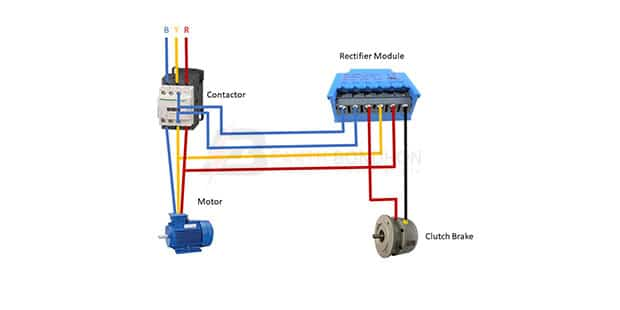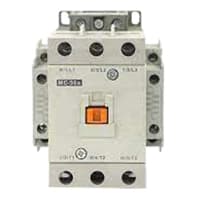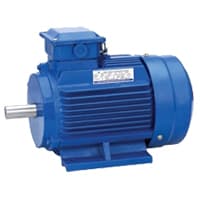Clutch brake motor with rectifier connection:
This diagram shows how to make a Clutch brake motor with a rectifier connection. In this circuit, we use a magnetic contactor, a 3-phase motor, a rectifier module, and a clutch break. First, we need to connect the magnetic contactor with a power source, then connect the rectifier module, then connect the clutch break with the rectifier module. Then connect the motor with the contactor.
Components needed For this Project:
You can get the components from any of the sites below:
- Magnetic Contactor 40A [See Buy Click Amazon]
- VFD Inverter Motor [See Buy Click Amazon]
- 3 Phase Motor (5 HP) [See Buy Click Amazon]
*Please note: These are affiliate links. I may make a commission if you buy the components through these links. I would appreciate your support in this way!
Components used to make the Clutch brake motor with rectifier connection:
A magnetic contactor is an electromagnetic switching device. It is generally used for controlling 3-phase Motors. The operation of a magnetic contactor is similar to that of a Relay. but a relay is used for low-power or low-voltage connections, and a magnetic contactor is used for high-power or high-voltage connections. As soon as the supply is applied to the magnetic contactor coil. its normally open contacts are closed and normally closed contacts are opened and the associated devices are also operated. This is how a magnetic contactor works.
02. Retifier Module:
The VFD works by taking in AC power at the 60 Hz frequency, converting it into direct current (DC) power through a rectifier circuit, and sending it through a DC bus to filter the voltage further. Then, power reaches the inverter which creates pulses of DC energy that function like AC current line. VFD Control Panel are designed to control the speed of the electric motor and feed pump control.
A 3-phase electric motor uses a 3-phase Power Supply to Convert Electric Energy into Mechanical Energy. It contains four Wires (Three hot Wires and one Neutral Wire) and Uses 3 Alternating Currents of the Same Frequency. Since it Generates a Rotating Magnetic Field, it does not need a Capacitor for the Startup. Some 3-phase Motors are Reversible, Which Means they can serve as Generators by Turning Mechanical Energy into Electrical Energy.
Thank You for visiting the website. Keep visiting for more Updates.
Frequently asked questions
Start up your vehicle and activate your trailer's brake system by pressing down on its manual override switch and activating it through its control panel (if equipped). This will force current flow through your trailer's brake system, and the multimeter will measure the resulting voltage.
Brake horsepower (bhp) is the power supply measured using a brake type (load) dynamometer at a specified location, such as the crankshaft, output shaft of the transmission, rear axle, and rear wheels.
Brake horsepower refers to the horsepower of the car after accounting for the frictional losses in power supply from the engine. For this reason, brake horsepower is always less than a car's horsepower, though there is not much in it.
In System of the International System (SI), it is in kilowatts (kW). Hydraulic power supply is the next energy transferred to the water per unit of time. The input power supply delivered by the motor to the pump is called brake horsepower (bhp). The difference between the brake horsepower and the hydraulic power supply is the pump efficiency.
The power developed by an engine at the output shaft is called brake power supply and is given by Power = NT/60,000 in kW where T torque in Nm = WR W = 9.81 Net the mass of the applied in kg.
Read more Single Phase Wiring
What is a kilowatt-hour (kWh) | kwh formula | What does kwh mean
Introduction to Electrical Units and CircuitskW and kWh on your electricity bill As your home uses electricity during...
What is the Difference Between kVA | What does KVA mean | kVA formula
Difference Between KVA ExplainedWhat does KVA Mean? There are technical terms aplenty when it comes to generators, and...
Power Factor | Power Unit | Energy | Electricity Unit
Power factor definition | Calculating Power FactorPower Factor Values In a purely resistive circuit, the power factor...




0 Comments